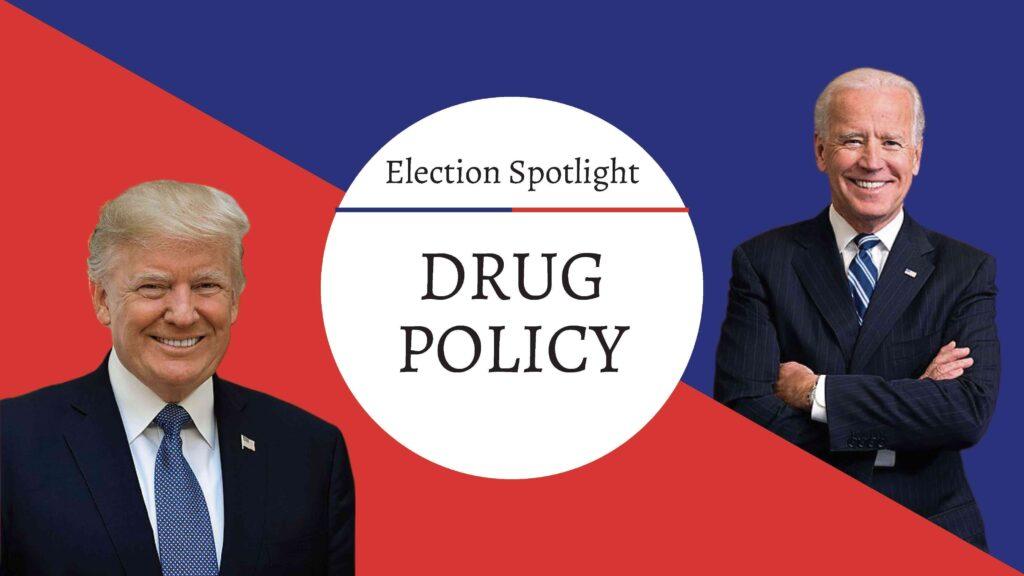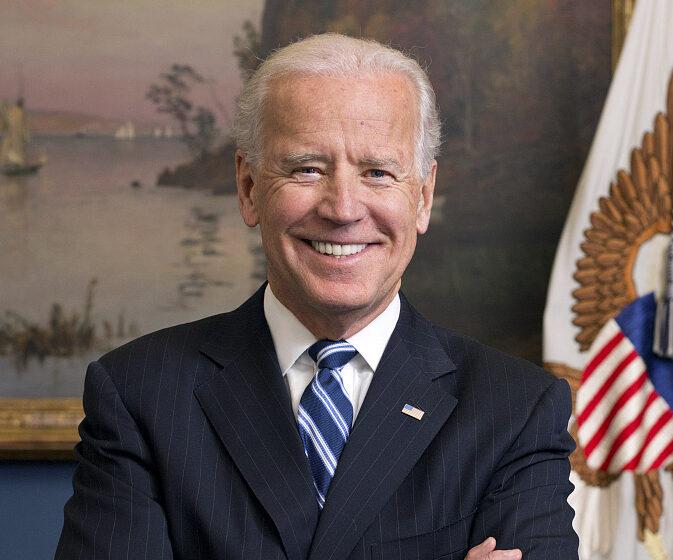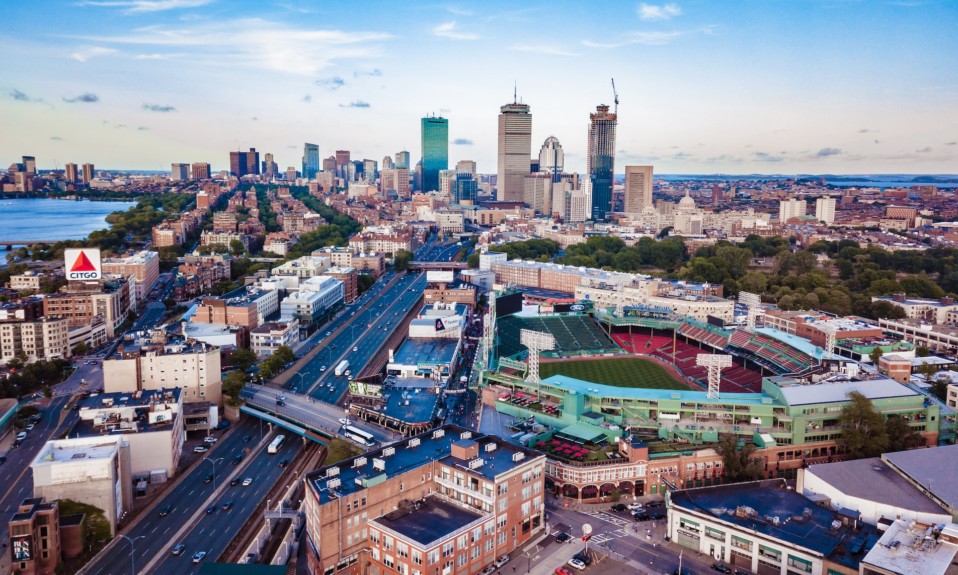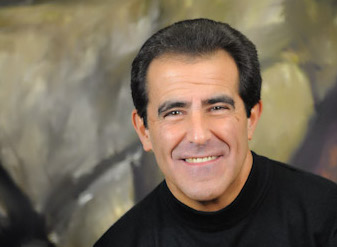In a leap from his senatorial days in the 1980s and ’90s, Joe Biden has developed a nuanced slate for legislation and treatment policies, informed by his son’s experience with addiction
By William Wagner
October 15, 2020In advance of Election Day, Nov. 3, TreatmentMagazine.com is spotlighting both 2020 presidential election candidates’ approaches to drug policy, legislation and the most pressing addiction and treatment issues. We invite you to also read this article’s companion piece on President Donald J. Trump’s point of view and approach.

He was referring to 50-year-old Hunter Biden, and this wasn’t the first time he had expressed such a sentiment during his presidential run. In an interview with CNN in July, the former vice president said of his son, “Hunter’s been through some tough times, but he’s fighting. He’s never given up. He’s the most honorable, decent person I know.”
Addiction clearly has become an issue of importance to Biden and, by extension, his campaign.
It’s a dramatic departure for a man who once was at least partly synonymous with the ill-fated “War on Drugs.” As a senator he coauthored the 1986 Anti-Drug Abuse Act, otherwise known by Biden himself as the “crack house legislation,” which imposed harsher penalties for drug offenses. By the mid-1990s, after playing roles in passing other draconian legislation, Biden had cemented his reputation as a “tough on crime” lawmaker.
Biden plans to sink $125 billion over 10 years into SUD in order to improve the overall quality of treatment. …The money would come from raising taxes on the profits of pharmaceutical companies.”
As the War on Drugs bore its bitter fruit—prisons overflowing with people whose sentences were often not commensurate with their crimes—he copped to making some bad decisions. And that brings us to the Joe Biden of 2020. He’s kinder and gentler nowadays, a candidate who’s become more in tune with the complexities of addiction and treatment. When Biden unveiled his plan in early March to combat the opioid epidemic, Vox called it “the most ambitious in the field.”
Here are the parameters of the plan Biden will enact if he wins November’s election:
Invest, invest, invest: Biden plans to sink $125 billion over 10 years into substance use disorder (SUD) in order to improve the overall quality of treatment. His goal is to make prevention, treatment and recovery services more available and effective. The money would come from raising taxes on the profits of pharmaceutical companies.
Hold Big Pharma accountable: A Biden administration would try to ensure that pharmaceutical companies are taken to task for their role in triggering and perpetuating the opioid epidemic. Biden’s proposed initiatives include beefing up the U.S. Justice Department in this area; banning drug companies from incentivizing doctors to prescribe their medications (especially opioids); and ending the tax breaks pharmaceutical corporations receive for advertising spending, which amounted to somewhere around $6 billion in 2016 alone.
Stop overprescribing painkillers: This is a difficult tightrope to walk, but Biden’s team would do it in part by expanding insurance coverage for alternative pain treatments like acupuncture, psychological counseling and physical therapy. Additionally, the administration would provide enhanced SUD training for the medical community and expand upon programs that monitor the overprescribing of opioids.
My son, like a lot of people at home, had a drug problem. He’s overcoming it … He’s worked on it. And I’m proud of him. I’m proud of my son.”—Joe Biden, 2020 presidential candidate
Ensure treatment is available to everyone who needs it: This work began with the passage of the Affordable Care Act in 2010 when Biden was Barack Obama’s vice president. Biden hopes to build on that foundation, such as by doubling funding for community health centers, increasing the number of healthcare providers and bolstering services for rural areas through tools like telehealth.
End discrimination against those with SUD and mental health issues: Biden seemingly has come to understand the link between mental health and substance abuse. When discussing his son Hunter in his CNN interview over the summer, he said, “The idea [is misguided] that we treat mental health and physical health as though somehow they’re distinct—it’s health.” One way Biden seeks to solve this problem is by strengthening the enforcement of parity laws (those that compel insurers to treat mental health and addiction similarly to other medical conditions, like diabetes or hypertension).
Keep folks out of jail for drug use alone: During the Democratic Party’s presidential primary debate in Houston in September 2019, Biden said, “We’re in a situation now where there are so many people who are in jail and shouldn’t be in jail. The whole means by which this should change is the whole model has to change. We should be talking about rehabilitation. Nobody should be in jail for a nonviolent crime. [Under Obama] we released 36,000 people from the federal prison system. Nobody should be in jail for a drug problem. They should be going directly to a rehabilitation. We build more rehabilitation centers, not prisons. I’m the guy that put in the drug courts to divert people from the criminal justice system.”
You’d hardly recognize the “old” Biden with those words. Or would you? Critics say the drug courts, which would send users into mandatory rehab, echo the days when the War on Drugs was raging. Investigative reporter Chris Roberts writes in a September opinion piece for Forbes, “Biden’s held onto this position [of drug courts] for more than a year, despite the fact that in reality, mandatory rehab looks and feels just like prison, and mandatory rehab centers—often privately owned for-profit operations—can be so rife with abuse that even conservative anti-drug groups don’t like the concept.”
Block illicit drugs from coming into the USA: Job No. 1 would be to target China to stem its flow of fentanyl into the United States and work with Mexico to disrupt the supply chain of heroin and fentanyl south of the border. Biden also aims to create a better atmosphere of cooperation among the world’s drug enforcement agencies through measures such as information sharing.
In advance of Election Day, Nov. 3, TreatmentMagazine.com is spotlighting both presidential candidates’ approaches to drug policy, legislation and the most pressing addiction and treatment issues. We invite you to also read this article’s companion piece on Donald J. Trump’s point of view and approach.
Photo: David Lienemann














